
Video surveillance systems from LivEye secure every terrain 24/7
Wireless Logic provides the connectivity with high-performance M2M SIM cards.
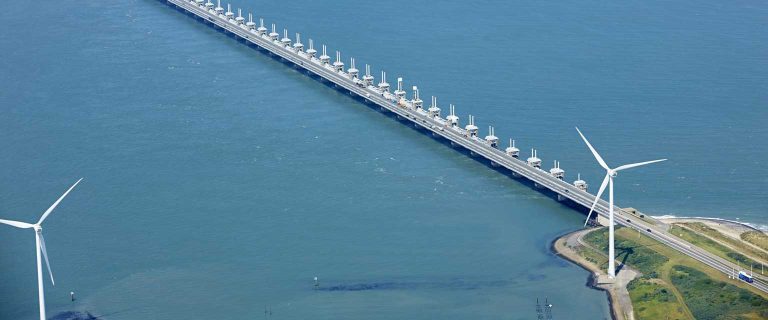
This data empowers decision-makers with insights into air and water quality, climate patterns, wildlife behaviour, and habitat conditions facilitating proactive responses to environmental challenges.
IoT supports environment conservation efforts by directing resources where they are most needed, optimising energy use, promoting sustainable agriculture and enhancing overall environmental sustainability. Protecting and preserving the environment for present and future generations.

Sensors in cities keep an eye on air quality, tracking dust and harmful gases. This helps authorities take specific actions to make the air cleaner and cut down on pollution.

IoT devices like soil moisture sensors, drones and smart irrigation systems enable farmers to monitor crop conditions and optimise water.
IoT-enabled tracking devices attached to animals allow researchers to monitor their movements, behaviour, and habitats to protect endangered species and preserve ecosystems.

Smart bins equipped with sensors track waste levels, plan better routes and use less fuel on pickup, making waste management more efficient.

IoT water systems watch water quality, find leaks, and manage distribution to save water and fight shortages.

IoT sensors in forests spot wildfires early, helping to stop them fast and protect nature and homes.

Wildlife monitoring using IoT devices like GPS tags helps in protecting biodiversity by tracking animal movements and identifying critical habitats. Additionally, IoT-enabled early warning systems for natural disasters enable timely evacuation and resource deployment. Overall, IoT empowers proactive decision-making by providing real-time data on environmental factors, aiding in sustainability efforts.

For energy, IoT monitors consumption patterns and optimises usage, reducing waste. In water management, sensors detect leaks and optimise irrigation, conserving water. IoT also enhances waste management by monitoring fill levels in bins and automating recycling processes.
These measures not only cut costs but also benefit the environment by reducing energy consumption, conserving water, and minimising waste. Overall, IoT supports sustainability goals and helps create a more resilient planet for future generations.

For instance, GPS collars with IoT capabilities track endangered species, offering real-time data on habitat preferences and migration. This guides the establishment of wildlife corridors to safeguard biodiversity.
Moreover, IoT-based monitoring systems track air and water quality, soil conditions, and weather. If pollution is detected, immediate action can be taken to restore water quality, benefiting aquatic life and surrounding ecosystems.
Additionally, IoT enables predictive analytics, identifying areas at risk of deforestation or wildfires. This proactive approach aids in implementing preventive measures to minimise environmental damage.

Cellular networks offer reliability, scalability, security, and remote management features essential for effective environmental monitoring. Known for their stability, cellular networks ensure consistent connectivity even in challenging environmental conditions, crucial for continuous data transmission in harsh or remote environments. Additionally, cellular IoT networks can support a large number of connected devices simultaneously, making them scalable for monitoring applications across vast geographical areas. Robust security measures such as data encryption and authentication safeguard environmental data transmitted over the network, while remote management capabilities simplify network maintenance, ensuring seamless real-time monitoring and management of environmental parameters for sustainable conservation efforts.
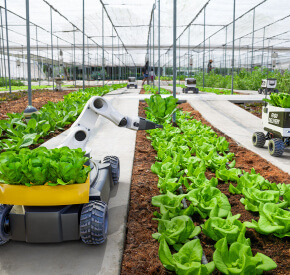
Our IoT solutions enable precision farming, optimise resources and improve yields through data-driven decisions for smart, sustainable operations.

Our IoT solutions offer remote control, real-time monitoring and automation of wearables, home appliances and digital assets for enhanced convenience and security.

Our IoT solutions enable predictive maintenance, optimise distribution and support smart grids, enhancing reliability and sustainability whilst reducing costs.
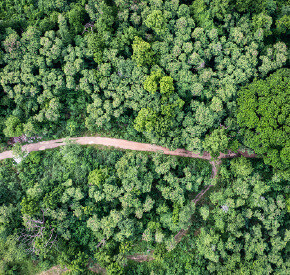
Our IoT solutions offer critical data for environmental protection, regulatory compliance and sustainable resource management, fostering a healthier ecosystem.

Our IoT solutions enable real-time patient data, predictive maintenance of smart devices and better treatment outcomes for personalised healthcare.

Our IoT solutions improve efficiency, reduce downtime and enhance quality control, transforming operations into smart manufacturing processes.
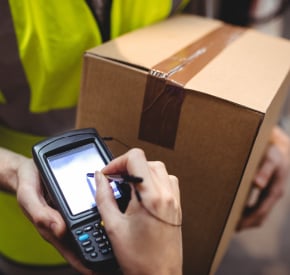
Our IoT solutions optimise supply chains, reduce costs and improve delivery accuracy for better reliability and customer satisfaction.

Improve service delivery and operational efficiency with smart infrastructure, real-time data and automation for a safer, sustainable community.

Our IoT solutions optimise stock management, support sales strategies and provide a seamless, personalised shopping experiences.

Our IoT solutions offer comprehensive coverage, improve incident response and enable proactive threat detection, protecting people and assets.

Our IoT solutions optimise energy use, enhance occupant experience and reduce costs for sustainable, intelligent building environments.

Our IoT solutions enable local authorities to improve urban living, through real-time analytics, connected infrastructure and automated services.

Our IoT solutions reduce downtime, improve delivery services and boost customer satisfaction driving innovation and sustainability in transportation.

Wireless Logic provides the connectivity with high-performance M2M SIM cards.
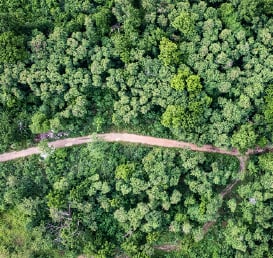
The Environment Agency uses SIMs to gather data across 5,000 UK sites.
